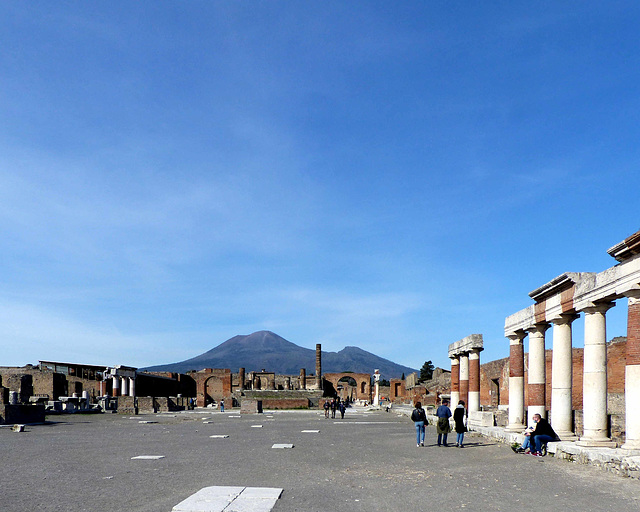Pompei
Pompei
Pompei
Pompei
Pompei
Pompei
Pompei
Pompei
Pompei - Santuario della Beata Vergine del Rosari
Pompei - Mancusi
Nola . Cattedrale di Nola
Nola - Il Fotografo
Nola - Singer
Napoli - Maradona
Napoli - Piazza Mercato
Napoli - Complesso Monumentale Donnaregina
Napoli - Complesso Monumentale Donnaregina
Napoli - Complesso Monumentale Donnaregina
Napoli - Complesso Monumentale Donnaregina
Napoli - Complesso Monumentale Donnaregina
Napoli - Complesso Monumentale Donnaregina
Napoli - Complesso Monumentale Donnaregina
Napoli - Complesso Monumentale Donnaregina
Pompei
Pompei
Pompei
Pompei
Sorrento - Mount Vesuvius
Sorrento - Cattedrale dei Santi Filippo e Giacomo
Sorrento - Basilica Sant'Antonino
Sorrento - Basilica Sant'Antonino
Sorrento - Basilica Sant'Antonino
Costiera Amalfitana - Monti Picentini
Costiera Amalfitana
Capri - Sunset
Conca dei Marini - San Michele
Conca dei Marini - San Michele
Conca dei Marini - Costiera Amalfitana
Conca dei Marini - Piaggio Ape
Conca dei Marini -Costiera Amalfitana
Amalfi - Duomo di Amalfi
Amalfi - Duomo di Amalfi
Amalfi - Duomo di Amalfi
Amalfi - Pasticceria Andrea Pansa
Amalfi
Location
Lat, Lng:
You can copy the above to your favourite mapping app.
Address: unknown
You can copy the above to your favourite mapping app.
Address: unknown
Keywords
Authorizations, license
-
Visible by: Everyone -
All rights reserved
-
66 visits
Pompei


Pompeii, a thriving Roman city of 8,000 to 10,000 people, was hit by an earthquake in 62, causing extensive damage. However, the city recovered, but the earthquake may have been caused by the sagging of a hearth roof clod that had come loose on the volcano's vent plug.
In the fall of 79 large amounts of pumice and ash were thrown out. Some residents left the city for fear of an eruption from the volcano. Vesuvius erupted at the end of November. The eruption ejected large amounts of ash, lava and gases into the atmosphere. This cloud was carried by the wind across the land to Pompeii. Shortly after the eruption began, pumice began to rain. Underneath the pumice dust were larger pieces that hit the ground at high speed. This pumice stone has caused countless roofs to collapse, doors to be blocked, and townspeople to be imprisoned.
Pompeii was buried under a layer of volcanic ash and pumice up to 25 meters thick for over 1500 years. Pompeii has been systematically excavated since about 1750. About two thirds of the city have now been uncovered
In the fall of 79 large amounts of pumice and ash were thrown out. Some residents left the city for fear of an eruption from the volcano. Vesuvius erupted at the end of November. The eruption ejected large amounts of ash, lava and gases into the atmosphere. This cloud was carried by the wind across the land to Pompeii. Shortly after the eruption began, pumice began to rain. Underneath the pumice dust were larger pieces that hit the ground at high speed. This pumice stone has caused countless roofs to collapse, doors to be blocked, and townspeople to be imprisoned.
Pompeii was buried under a layer of volcanic ash and pumice up to 25 meters thick for over 1500 years. Pompeii has been systematically excavated since about 1750. About two thirds of the city have now been uncovered
Nouchetdu38, Paolo Tanino, Alexander Prolygin have particularly liked this photo
- Keyboard shortcuts:
Jump to top
RSS feed- Latest comments - Subscribe to the comment feeds of this photo
- ipernity © 2007-2025
- Help & Contact
|
Club news
|
About ipernity
|
History |
ipernity Club & Prices |
Guide of good conduct
Donate | Group guidelines | Privacy policy | Terms of use | Statutes | In memoria -
Facebook
Twitter

Sign-in to write a comment.